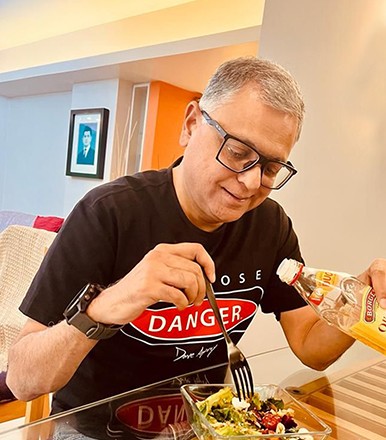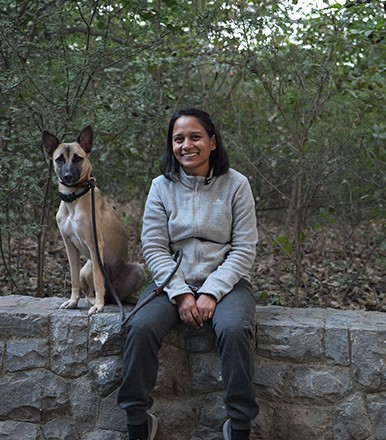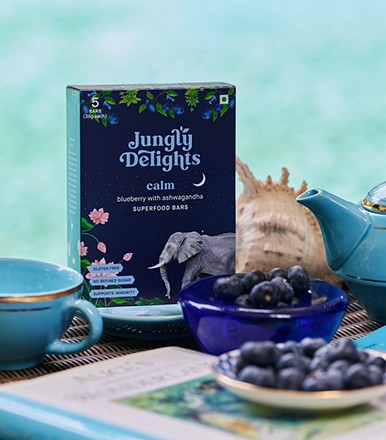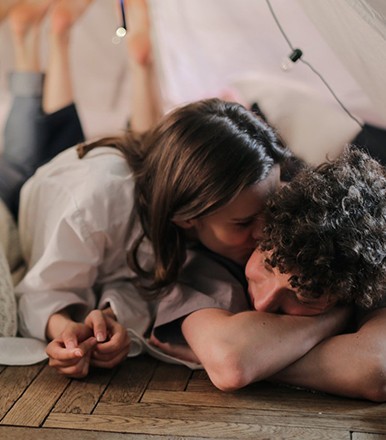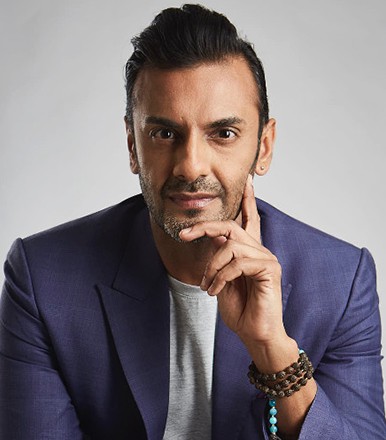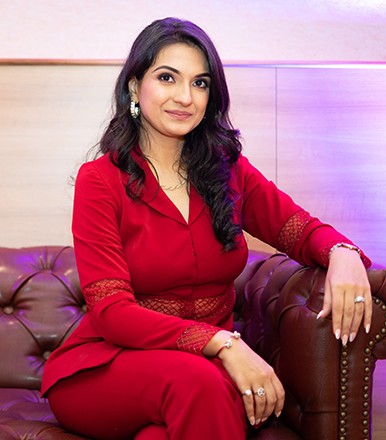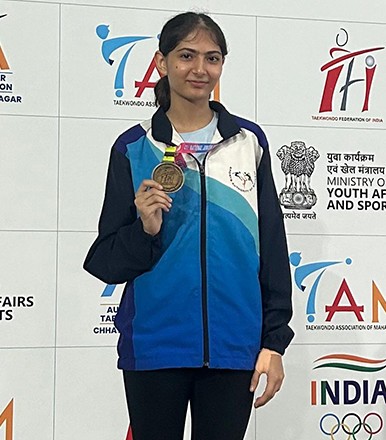Taking the regime of unfolding and comprehending the forms of man-woman relationships ahead, this following segment talks about the most ethically controversial and practically rational subset of polygamy: Open Relationship.
In recent years, open relationships have gained significant attention, challenging traditional views on love, commitment, and partnership. While the concept may seem new, the roots of open relationships can be traced back to historical practices of polygamy, as we discussed in the previous segment. Today, as societal norms evolve, more people are exploring the idea of non-monogamous relationships, redefining what it means to be in a committed partnership.
Understanding Open Relationships
An open relationship typically involves two partners who agree to engage in romantic or sexual relationships with others outside of their primary partnership. This model contrasts sharply with traditional monogamy, where exclusive emotional and sexual bonds are prioritized. The growing acceptance of open relationships reflects a shift in how individuals view love, intimacy, and personal freedom.
The Historical Context of Polygamy
Polygamy—where an individual has multiple spouses simultaneously—has been practiced for centuries across various cultures and societies. Often rooted in social, economic, or religious factors, polygamous arrangements were common in regions such as Africa, the Middle East, and parts of Asia. In many cases, these relationships were structured to enhance familial alliances, ensure economic stability, or fulfill religious obligations.
However, polygamy often favored patriarchal norms, with men taking multiple wives while women had limited agency. This dynamic led to complex power structures and societal expectations surrounding gender roles.
The Shift to Modern Open Relationships
As societies have evolved, so too have the definitions and practices of romantic relationships. The late 20th century saw the emergence of the sexual revolution, which challenged traditional norms surrounding marriage and monogamy. With this shift came a broader acceptance of diverse relationship structures, including open relationships and polyamory—a practice that emphasizes emotional connections with multiple partners rather than just sexual ones.
Open relationships vs. polyamory
Some people may confuse an open relationship with polyamory, another type of nonmonogamous relationship. The main difference between these is the level of emotional intimacy. The couple often remains emotionally exclusive to their primary partner in open partnerships. In this type of open relationship, encounters with others may be purely physical. In a polyamorous relationship, someone may have sexual and romantic relationships with multiple partners, though they may have a primary emotional connection with one partner.
Anticipated Reasons for Choosing Open Relationships
- Desire for Variety: Many individuals seek the excitement of new experiences and connections that an open relationship can provide. This can lead to greater sexual and emotional satisfaction.
- Personal Growth: Open relationships can foster personal development by encouraging individuals to confront jealousy, enhance communication skills, and cultivate self-awareness.
- Diverse Emotional Needs: Some people find that their emotional needs cannot be fully met by one partner. Open relationships allow for the exploration of different dynamics, catering to varying emotional requirements.
- Cultural Shifts: With the rise of discussions around gender equality, sexual autonomy, and LGBTQ+ rights, open relationships have gained legitimacy and visibility as valid choices for modern couples.
Challenges and Misconceptions
Open relationships, while becoming more widely accepted, come with their own set of difficulties. Successful open relationships require strong communication, trust, and honesty. Partners must manage complex emotions such as jealousy, insecurity, and societal judgment. There are also misconceptions about open relationships, with some people mistakenly equating them with infidelity or a lack of commitment. Navigating an open relationship often involves establishing clear agreements and possessing a deeper level of emotional intelligence compared to traditional relationships.
The Future of Relationships
As societal norms continue to evolve, the conversation around open relationships will likely expand further. The increasing visibility of diverse relationship structures in media, literature, and public discourse suggests a cultural shift toward greater acceptance of personal choice in romantic engagements.
The Gen Z POV
For Indian Gen Z, open relationships are increasingly viewed as a viable alternative to traditional monogamy, reflecting a broader shift towards individualism and personal freedom. This generation, raised in a digital age of connectivity and diverse perspectives, often prioritizes emotional fulfillment and authenticity over societal expectations. Many young Indians see open relationships as an opportunity to explore their identities and desires without the constraints of conventional norms. Conversations around mental health and emotional well-being further shape this perspective, with a growing emphasis on communication, consent, and mutual respect. While some still hold reservations rooted in cultural values, an increasing number of Gen Z individuals are challenging these norms, seeking relationships that reflect their unique needs and experiences in an evolving social landscape.
The rise of open relationships today reflects a complex interplay of historical practices like polygamy and contemporary values of autonomy and equality. As individuals continue to explore their desires and redefine love, open relationships offer a unique lens through which to understand the diverse fabric of human connection in the modern world. Ultimately, the key to successful non-monogamous relationships lies in open communication, mutual respect, and a willingness to embrace vulnerability.
So, where will we lay our anchor next in this kinship voyage? Stay tuned to know, and wait for our next edition. Toddles!!





